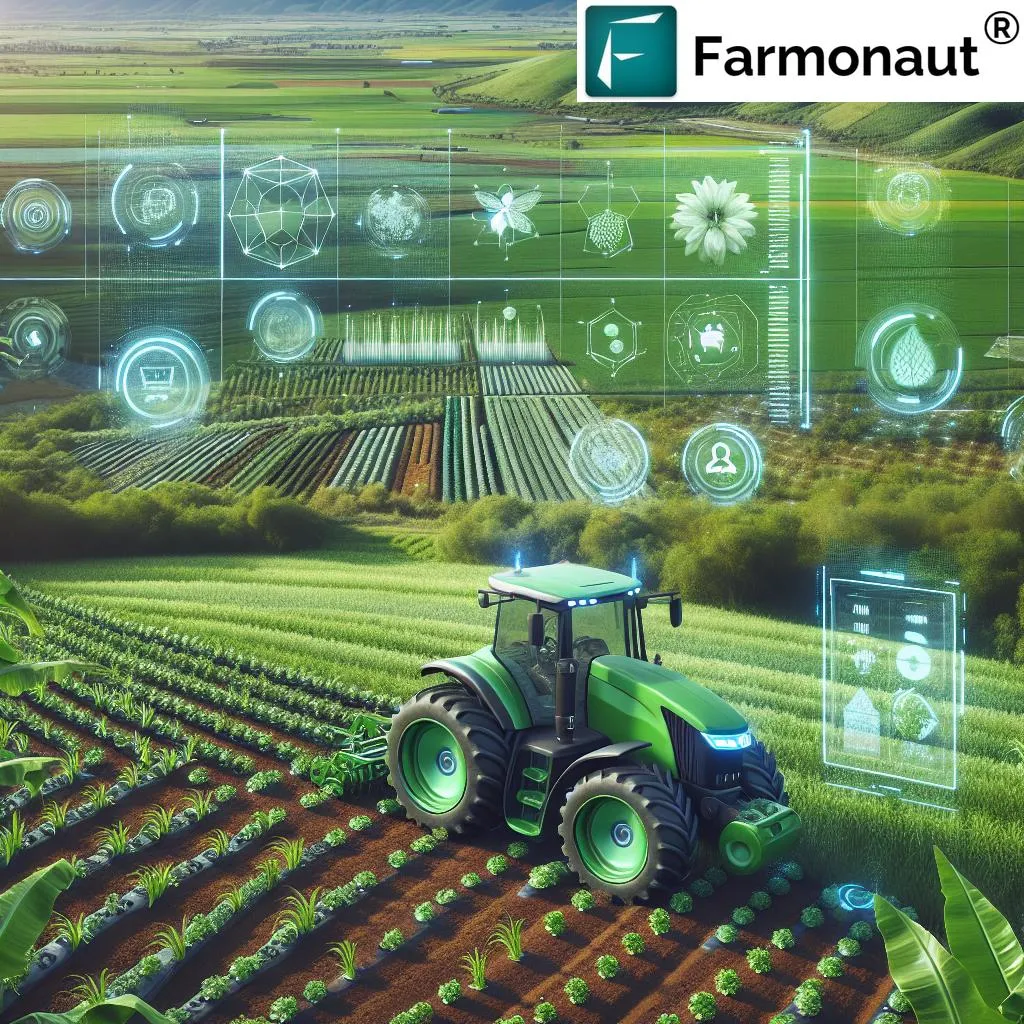In the heart of Saudi Arabia’s Jazan region, a groundbreaking study led by Hamdan Alshehri from the Department of Computer Science at Jazan University is set to revolutionize precision agriculture. The research, published in the esteemed ‘Journal of Agricultural Engineering’ (or ‘مجلة هندسة الزراعة’ in Arabic), introduces an intelligent predictive model that leverages deep learning techniques to optimize IoT sensor deployment and enhance yield estimation in agriculture.
The study addresses a critical challenge in modern farming: the accurate prediction of variations in climate conditions, soil attributes, and ground characteristics. These factors directly impact crop yield, and if not managed effectively, can lead to significant losses for farmers. Alshehri’s model proposes a multi-faceted approach to tackle this issue. “Our goal was to create a system that not only predicts environmental conditions accurately but also optimizes sensor deployment and estimates production yield efficiently,” Alshehri explained.
At the core of the model is a modified Lemurs optimization (MLO) algorithm, which enhances the temperature-humidity-agriculture-meteorology (THAM) index. This algorithm predicts environmental conditions with remarkable precision. The model then uses a deep pulse-coupled neural network (DPC-NN) to determine the optimal number and positioning of IoT sensors, ensuring comprehensive coverage of the agricultural field while improving communication efficiency.
The production yield rate is estimated based on key attributes such as fertilizer regulation, temperature quotient, and agronomic factors. These attributes are optimized using the chaos distributed gravitational search (CDGS) algorithm. The model’s performance was validated using real-world data from the Bureau of Meteorology and Phenonet, achieving an impressive yield prediction accuracy of over 90% with both temperature and soil sensors.
The implications of this research are vast, particularly for the energy sector. As the global demand for food continues to rise, so does the need for sustainable and efficient farming practices. Precision agriculture, enabled by IoT sensors and advanced predictive models, can significantly reduce the environmental impact of farming while increasing productivity. This not only benefits farmers but also contributes to global food security and sustainability goals.
Moreover, the model’s ability to optimize sensor deployment and improve communication efficiency can lead to substantial energy savings. “By ensuring that sensors are placed optimally and communicating effectively, we can reduce energy consumption and extend the lifespan of the sensors,” Alshehri noted. This is a crucial consideration for the energy sector, which is increasingly focused on sustainability and efficiency.
The study’s findings, published in the ‘Journal of Agricultural Engineering’, highlight the potential of deep learning and multi-objective optimization in transforming precision agriculture. As the world grapples with the challenges of climate change and food security, such innovations offer a beacon of hope. They pave the way for scalable, real-time, and resource-efficient solutions that can shape the future of farming and contribute to a more sustainable and secure world.
In the words of Alshehri, “This research is just the beginning. The potential applications of these technologies are vast, and we are excited to explore them further.” As we stand on the brink of a new agricultural revolution, the work of Alshehri and his team serves as a testament to the power of innovation and the promise of a brighter, more sustainable future.

